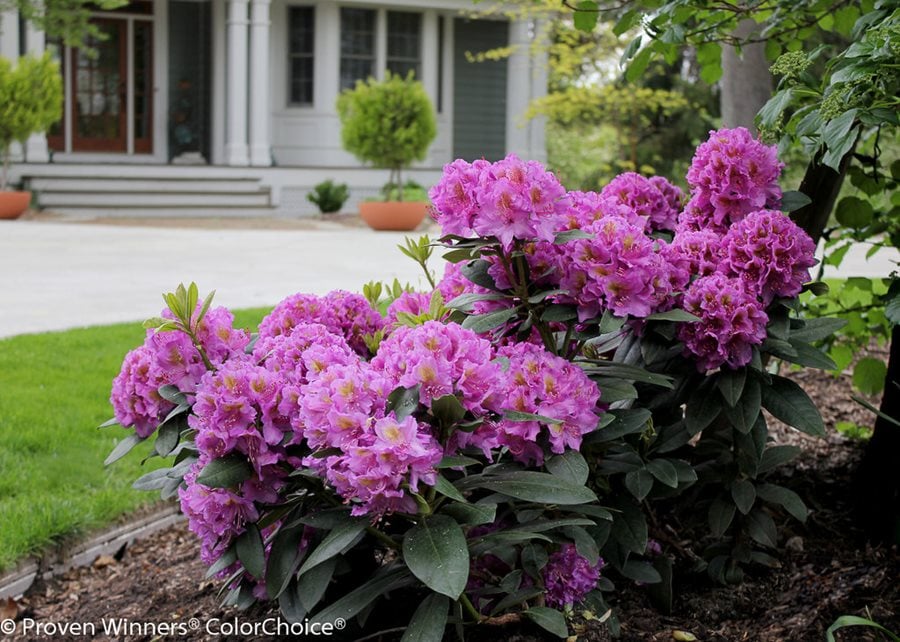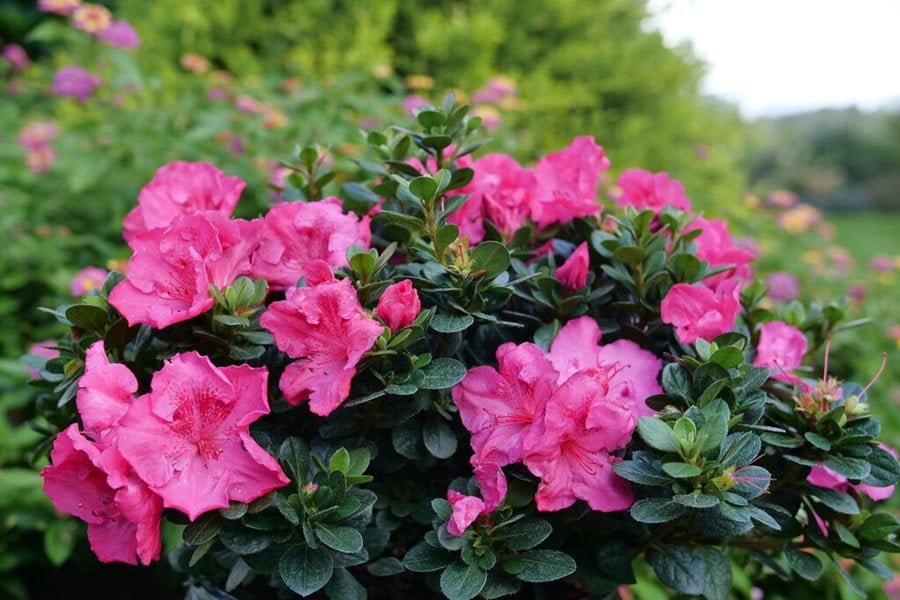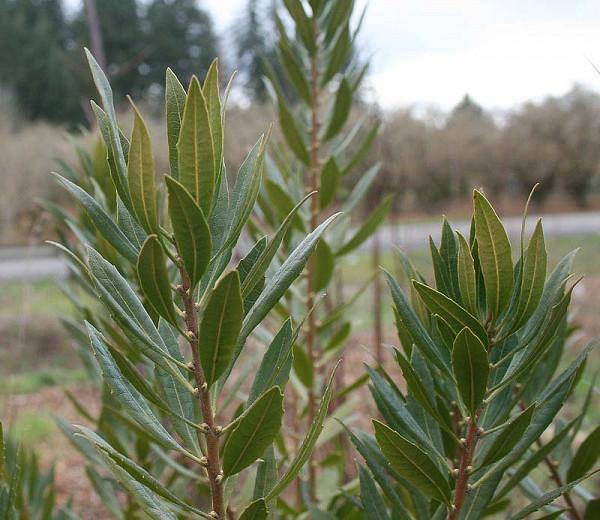Stunning Companion Plants For Pacific Wax Myrtle
Stunning Companion Plants for Pacific Wax Myrtle
Pacific wax myrtle (Morella californica) is a beautiful evergreen shrub or small tree that is native to the Pacific coast of North America. It is known for its glossy green leaves, fragrant flowers, and showy berries. Pacific wax myrtle is a versatile plant that can be used in a variety of landscape settings, including hedges, borders, and foundation plantings. It is also drought-tolerant and salt-tolerant, making it a good choice for coastal gardens.
When choosing companion plants for Pacific wax myrtle, it is important to consider the plant's needs for sunlight, water, and soil type. Pacific wax myrtle prefers full sun to partial shade and well-drained soil. It is also tolerant of sandy or clay soils.
Some good companion plants for Pacific wax myrtle include:
- Camellia. Camellias are another evergreen shrub that is native to East Asia. They are known for their beautiful flowers, which come in a variety of colors, including white, pink, red, and purple. Camellias prefer full sun to partial shade and well-drained soil. They are also somewhat drought-tolerant.
- Holly. Hollies are evergreen shrubs or trees that are known for their glossy green leaves and bright red berries. They come in a variety of shapes and sizes, so you can find one that is perfect for your landscape. Hollies prefer full sun to partial shade and well-drained soil. They are also tolerant of deer and rabbits.
- Rhododendron. Rhododendrons are evergreen shrubs or trees that are known for their beautiful flowers. They come in a variety of colors, including white, pink, red, and purple. Rhododendrons prefer partial shade and acidic soil. They are not drought-tolerant, so they will need regular watering.

- Azalea. Azaleas are evergreen shrubs that are closely related to rhododendrons. They are known for their beautiful flowers, which come in a variety of colors, including white, pink, red, and purple. Azaleas prefer partial shade and acidic soil. They are not drought-tolerant, so they will need regular watering.

- Viburnum. Viburnums are deciduous shrubs or small trees that are known for their showy flowers and berries. They come in a variety of shapes and sizes, so you can find one that is perfect for your landscape. Viburnums prefer full sun to partial shade and well-drained soil. They are not drought-tolerant, so they will need regular watering.
These are just a few of the many companion plants that you can choose from for Pacific wax myrtle. When choosing companion plants, it is important to consider the overall look and feel that you want to create in your landscape. You may also want to consider the different seasons of interest that the plants offer. For example, if you want your landscape to be colorful all year round, you may want to choose companion plants that have different bloom times.
Pacific wax myrtle (Morella californica) is a versatile evergreen shrub that can be grown in a variety of settings, from coastal gardens to inland landscapes. It is known for its glossy green leaves, fragrant flowers, and showy berries. When choosing companion plants for pacific wax myrtle, it is important to consider the plant's mature size, growth rate, and sunlight requirements. Some good companion plants for pacific wax myrtle include:
- Garrya elliptica 'James Roof' (silk tassel bush): This deciduous shrub has long, silvery catkins that bloom in spring. It prefers full sun and well-drained soil. [link to website address]
- Pinus parviflora 'Glauca' (Japanese white pine): This evergreen tree has blue-gray needles and a spreading, conical shape. It prefers full sun and moist, well-drained soil.
- Sequoia sempervirens (redwood): This evergreen tree is the tallest tree in the world. It prefers full sun and moist, well-drained soil.
For more information about pacific wax myrtle companion plants, please visit Gardenia Inspiration.
FAQ of pacific wax myrtle companion plants
Q: What are some good companion plants for Pacific wax myrtle?
A: Pacific wax myrtle is a versatile plant that can be paired with a variety of other plants. Some good companion plants include:
- Other evergreen shrubs and trees: Pacific wax myrtle can be planted alongside other evergreen shrubs and trees, such as rhododendrons, camellias, and hollies. This will help to create a year-round landscape with interest in all seasons.
- Deciduous trees and shrubs: Pacific wax myrtle can also be planted alongside deciduous trees and shrubs, which will provide seasonal interest with their colorful flowers and foliage. Some good options include Japanese maples, dogwoods, and crabapples.
- Perennials: Pacific wax myrtle can also be planted alongside perennials, such as azaleas, hydrangeas, and hostas. This will help to fill in the space around the wax myrtle and provide additional color and interest throughout the growing season.
- Vines: Pacific wax myrtle can also be used as a support for vines, such as climbing hydrangeas, trumpet vines, and clematis. This will add vertical interest to the landscape and help to fill in empty spaces.
- Grasses: Pacific wax myrtle can also be planted alongside grasses, such as ornamental grasses and bamboo. This will add texture and movement to the landscape and help to break up the solid mass of the wax myrtle.
Q: What are the ideal growing conditions for Pacific wax myrtle?
A: Pacific wax myrtle is a relatively easy-to-grow plant that can tolerate a wide range of conditions. However, it does best in full sun and well-drained soil. It can also tolerate some salt spray, making it a good choice for coastal plantings.
Q: How often should I water Pacific wax myrtle?
A: Pacific wax myrtle is relatively drought tolerant once established. However, it will need to be watered more frequently during the first year after planting. Once the plant is established, you can water it deeply once or twice a week during the summer months.
Q: How should I fertilize Pacific wax myrtle?
A: Pacific wax myrtle does not require a lot of fertilizer. A light application of a balanced fertilizer in the spring will help to promote new growth. You can also fertilize with a slow-release fertilizer in the fall.
Q: How do I prune Pacific wax myrtle?
A: Pacific wax myrtle can be pruned at any time of year, but it is best to prune in the spring or fall. You can prune the plant to maintain its shape or to remove dead or diseased branches. If you are pruning the plant to create a hedge, you should prune it back by one-third in the spring.
Image of pacific wax myrtle companion plants
Here are 5 different images of "pacific wax myrtle companion plants" from Pinterest:
- Pacific wax myrtle and Garrya elliptica. Garrya elliptica is a deciduous shrub with long, silvery catkins that bloom in spring. The two plants have similar growing conditions and can be planted together in a mixed border.

- Pacific wax myrtle and salal. Salal is an evergreen shrub with dark green leaves and blue berries. It is native to the Pacific Northwest and can tolerate a wide range of conditions. Pacific wax myrtle and salal can be planted together in a woodland garden.
- Pacific wax myrtle and sword fern. Sword fern is an evergreen fern with long, sword-shaped fronds. It is native to North America and can tolerate a wide range of conditions. Pacific wax myrtle and sword fern can be planted together in a woodland garden or as a screen.

- Pacific wax myrtle and rhododendron. Rhododendrons are evergreen shrubs or trees with showy flowers. They are native to Asia and North America and can tolerate a wide range of conditions. Pacific wax myrtle and rhododendrons can be planted together in a shade garden or as a specimen plant.

- Pacific wax myrtle and hydrangea. Hydrangeas are deciduous shrubs or trees with large, showy flowers. They are native to Asia and North America and can tolerate a wide range of conditions. Pacific wax myrtle and hydrangeas can be planted together in a shade garden or as a specimen plant.

Post a Comment for " Stunning Companion Plants For Pacific Wax Myrtle"